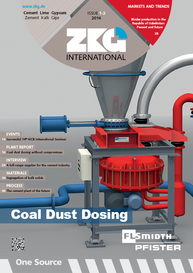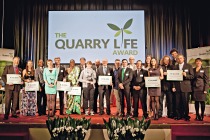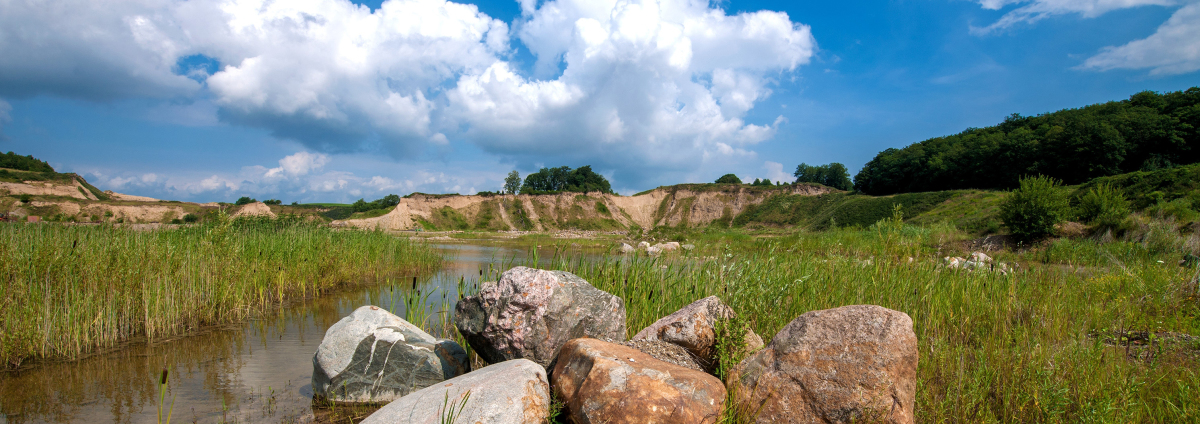Cembureau and BirdLife adopt joint position on EU Nature Directives
BirdLife Europe and the European Cement Association have joined forces to identify ways in which the implementation of the Birds and Habitats Directives could be enhanced to the benefit of biodiversity and nature conservation across Europe.
In the context of the ongoing evalu-ation of the Birds and Habitats Directives1, the experience shared by both the cement industry and NGOs demonstrates that whilst the Directives are fit for the purpose, their implementation at national level needs to be tackled.
The two organizations are putting forward a series of proposals with the aim of improving the implementation of this important legislation. These include:
Planning for both biodiversity and business: When evaluating access to land it is clear that the species and habitats mentioned in the Birds and Habitats Directives must be fully protected. Where it can be demonstrated that biodiversity and economic activity can go hand-in-hand, Member States should ensure the flexibility inherent in the Directives is implemented at Member State level so that business is not hampered unnecessarily.
Monitoring, enforcement, and communication: More should be done to monitor and enforce the Directives at Member State level in terms of implementation. Furthermore, existing guidance documents should be communicated more widely and made more user-friendly by providing, for example, summaries covering the key elements.
Equal treatment: When implementing the Directives at Member State level, it is essential that the principles of equal treatment are applied in terms of sectors and Member States.
Species action plans: It may prove useful to develop evidence-based regional/national “Species Action Plans” which would practically define “favourable conservation status” and inform planning and management practice, thus ensuring an informed and proportionate approach to the conservation of the species and populations.
Funding: More needs to be done by the European Union and Member States to encourage public and private funding for nature. In addition, the way in which funding is allocated should also be enhanced in order to make the best use of the funds available.
//www.cembureau.eu" target="_blank" >www.cembureau.eu:www.cembureau.eu
//www.birdlife.org" target="_blank" >www.birdlife.org:www.birdlife.org





